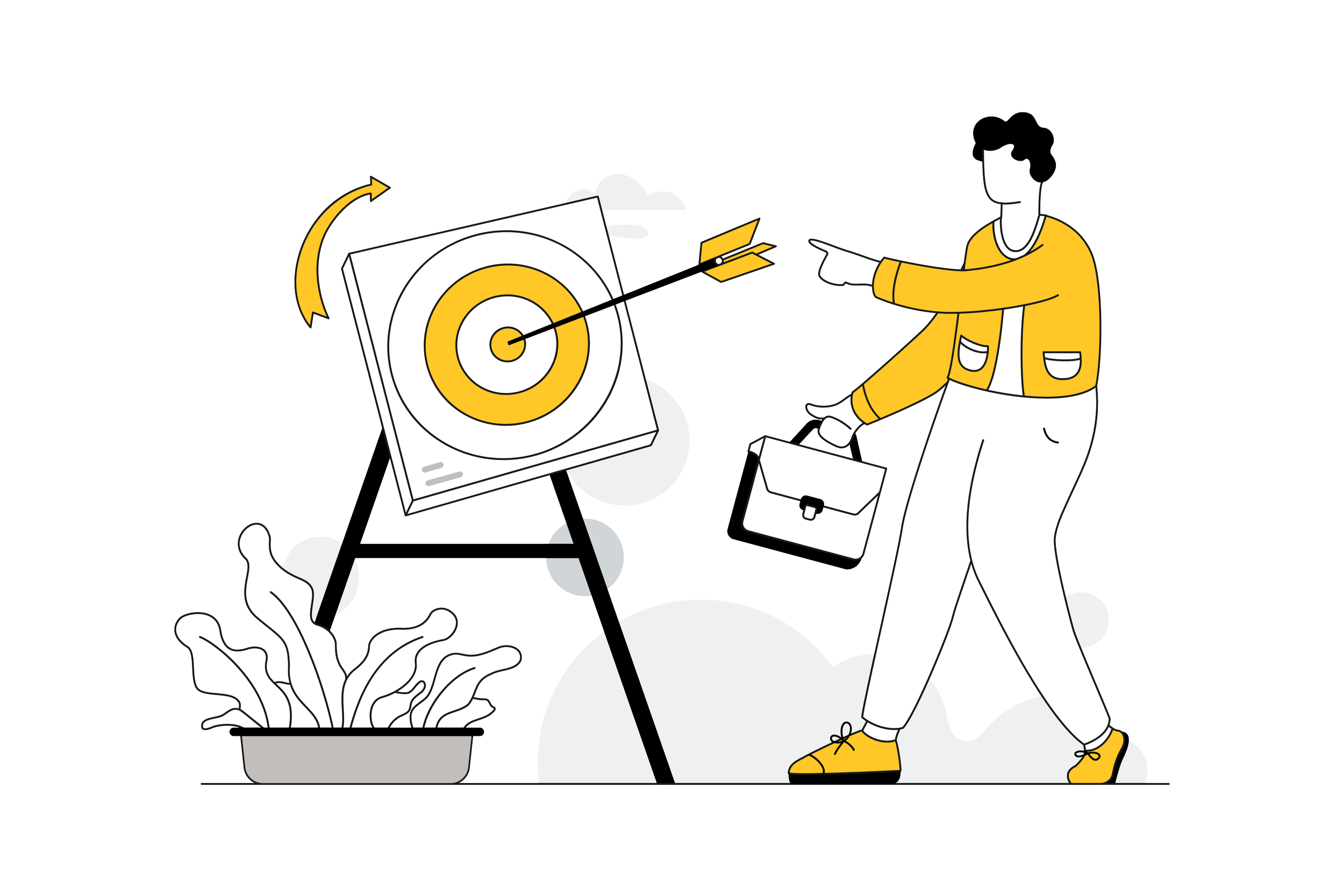"To, By, So That": A Framework for Setting Clear Design Goals
Why Design Teams Need Clear Goals
As a design manager, one of my biggest challenges is ensuring that my team’s work isn’t just creatively fulfilling, but also aligned with business objectives.
It’s easy for designers to feel disconnected from OKRs (Objectives and Key Results) and KPIs (Key Performance Indicators) because traditional business goals often feel overly data-driven—while design is often viewed as subjective or hard to measure.
But the truth is, when structured well, OKRs and KPIs don’t just hold teams accountable—they help designers make better decisions, prioritize work effectively, and tie their efforts to measurable impact.
I use a "To, By, So That" framework with my team to make sure our objectives are clear, actionable, and meaningful—not just another set of vague, top-down goals.
Understanding OKRs vs. KPIs for Design Teams
Before diving into "To, By, So That," it’s important to clarify the difference between OKRs and KPIs and how they influence design decisions.
| Measurement Type | Definition | How It Affects Designers |
|---|---|---|
| OKRs (Objectives & Key Results) | Broad, ambitious goals with measurable outcomes tied to business impact. | Helps designers focus on **long-term vision** and impact beyond immediate deliverables. |
| KPIs (Key Performance Indicators) | Specific performance metrics that track ongoing progress and efficiency. | Provides designers with **clear benchmarks** to assess how design decisions improve usability, engagement, or conversions. |
| How They Work Together | OKRs define **what success looks like**, while KPIs track **progress toward those goals**. | Aligns design work with **measurable business objectives**, ensuring designers understand their impact. |
The “To, By, So That” Framework for Design Teams
OKRs often fall flat when they’re too broad or disconnected from the realities of day-to-day design work. That’s why I use the "To, By, So That" framework—it ensures that objectives are clear, structured, and purpose-driven.
This approach forces us to connect what we do to why it matters, giving designers a roadmap for how their work supports larger business goals.
Example: Applying "To, By, So That" in UX
Instead of setting a vague goal like “Improve the onboarding experience”, we apply the framework:
To increase new user retention,
By redesigning the onboarding flow with clearer guidance and fewer friction points,
So that users reach their "aha" moment faster and engage with the product long-term.
When designers understand the why, they can approach problems with more strategic thinking and creativity—rather than just executing orders.
How OKRs and KPIs Shape Design Decision-Making
When done right, OKRs and KPIs don’t limit creativity—they provide clarity and direction.
They help teams prioritize the right problems so designers focus on high-impact work instead of endless revisions on low-value projects.
They justify design decisions—instead of saying "I think this works better," designers can reference real goals and user behavior data.
They shift design from subjective to measurable, ensuring that work isn’t just "beautiful" but also effective.
Final Thoughts: Aligning Design with Business Impact
As a design manager, my role isn’t just to deliver great work—it’s to help my team connect their work to business success.
OKRs and KPIs, when done right, provide clear direction, purpose, and accountability for design teams.
The "To, By, So That" framework ensures that objectives are not just tasks, but meaningful, measurable goals.
When designers understand their impact, they become more than executors—they become strategic problem-solvers who drive real change.
Design teams thrive when they understand the why—it’s our job as leaders to make sure that’s always clear.
